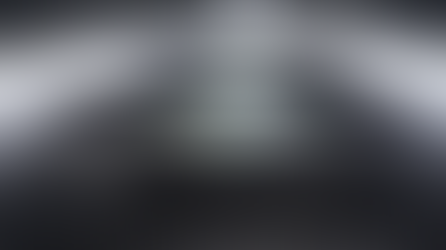Inside the Render: How 3D Design Shapes Real-World Events
- Adriaan van Vuuren
- May 5
- 2 min read
One of the most exciting parts of my work as a Multimedia Specialist is the moment when an idea begins to take shape in three dimensions. Creating 3D renders of event spaces isn’t just about making something look visually impressive. It’s about turning a concept into something you can step into. It’s where creativity meets clarity, and suddenly, you're no longer talking about an event, you're virtually standing in it.
There’s a special kind of energy that comes with this process. It doesn’t just build excitement, it sparks imagination. Clients can see the potential of a space, feel the atmosphere, and understand how everything might come together, long before the actual setup begins. This kind of visual storytelling helps bridge the gap between concept and execution, making the abstract tangible.
A standout moment for me was the Haval Jolion Pro launch last year. I created a detailed 3D environment of the proposed event layout, and it really brought the idea to life in a way that words and sketches simply couldn’t. Of course, the final event evolved as we collaborated and responded to practical needs – that’s the beauty of working in this space. The 3D designs aren’t rigid; they’re a conversation starter, an invitation to explore possibilities and refine them together.
Another project that really stood out was the Exxaro 2025 CEO Sustainability Summit. For this event, the design of the stage and the seating layout played a key role in shaping the overall look and feel. Using 3D design, I was able to experiment with spatial arrangements and visual flow to craft a setting that felt both professional and engaging. Every element from the angle of the stage to the placement of the audience was deliberately planned to maximise interaction and attention. The final layout created a strong visual impact while ensuring that the focus remained on the speakers and the content being delivered. It’s a perfect example of how strategic design, supported by 3D visualisation, can make an experience like this even more incredible.
On a personal level, 3D design has profoundly shaped the way I think and work. It’s stretched my creative muscles and encouraged me to think more spatially and strategically. Each project pushes me to understand not just what looks good, but what feels right in a physical setting: How people will move, interact, and experience the space.
Working in 3D has also made me more adaptable and collaborative. It’s a space where creativity, technology and communication intersect. And in that intersection, I’ve found real growth. It’s taught me to look at things from multiple perspectives, to be more open to feedback, and to constantly push the boundaries of what’s possible.
In many ways, technology, particularly 3D visualisation has become a creative partner. It helps me communicate ideas more clearly, build trust with clients, and most importantly, bring visions to life with accuracy and emotion. It’s not just about pixels and polish – it’s about crafting experiences that begin in the imagination and come alive in the real world.
















Comments